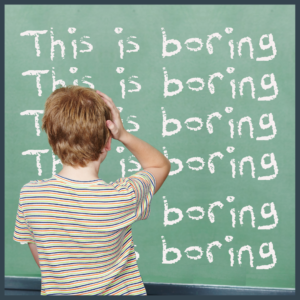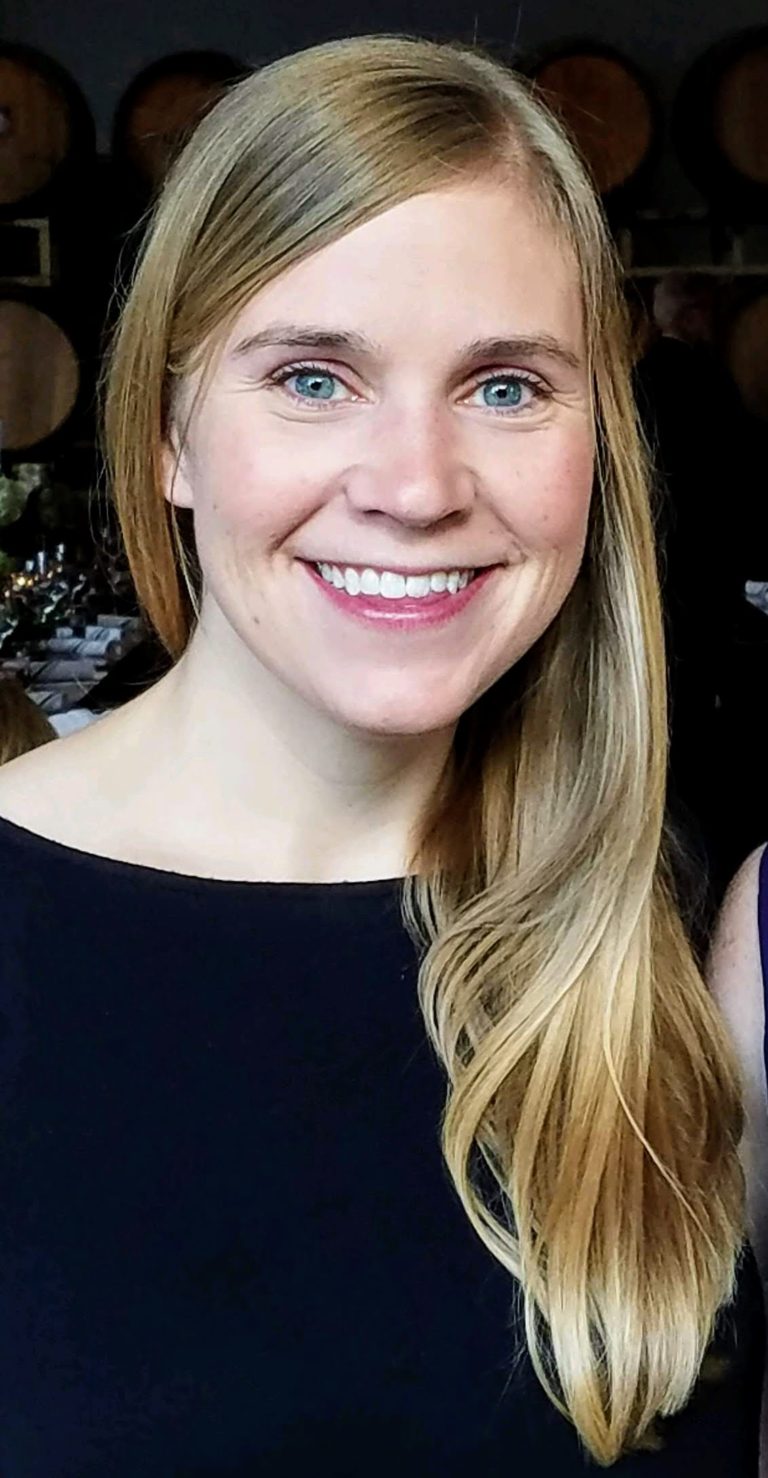So this morning I gave myself a challenge: I WILL curl my hair with my straightener. I’d prepped for it by talking to friends and coworkers who do this regularly. I’d watched multiple YouTube videos and while I knew it wouldn’t be as easy as those videos made it look, I felt ready.
Well… maybe I wasn’t as ready as I thought. The first two attempts were okay-ish, but by that third tress, I had it! The perfect wavy, not too curly look I was going for. But it went downhill after that. I finished. I used that straightener to curl my whole head of hair. About a third of my hair achieved the look I wanted. Another third had some curl to it. And somehow about a third of my hair was still straight. No curl at all.
I went back, taking much more time than I hoped for, curling and re-curling until most of the straight hair had at least some curl or wave to it.
Staring at the mess that was my hair, I made a quick decision and pulled it back into a ponytail which actually looked good.
It wasn’t what I planned. It took longer than I thought. I had to redo it multiple times. But in the end, it turned out looking good. Not great, but good.
And that’s when it struck me:
Curling my hair with a straightener is exactly the same as how my whole group phonics instructions used to be.
With phonics instruction, I came in with a plan to try these great ideas I had seen on Pinterest. I presented to the whole group. A third of the kids got it (the third that would get it no matter how I taught it). A third had some understanding of it, but were nowhere near mastery and needed some help. And the other third needed more instruction and interventions.
Just like I had to spend extra time trying to get some curl into those straight tresses, I had to spend extra time providing interventions for the students who didn’t yet understand the phonics concept from my whole group instruction.
And by the end of the week, most students (not all, but most) had mastered the week’s phonics skill. It took a lot of extra small group instruction for those middle students, and A LOT of intervention time for those students who struggled, but we got there. We looked pretty darn good given where we started.
But just like my hair, where I could have used a thick barreled curling iron and cut my time in half and achieved the look I wanted, I could have used a different whole group approach and cut out my need for so many interventions. In both scenarios, I was working harder not smarter.
No matter how great whole group instruction is, interventions will probably be necessary for some students. But (and that is an important but) small, powerful changes to whole group and small group instruction can cut the amount of intervention needed, just like my thick barreled curling iron can cut my morning routine time in half.
Whole group phonics instruction that truly works for the whole group is essential. Adding more opportunities to respond, a structured and predictable format, and approaching new skills and review in a systematic way was life changing.
Not only were students making bigger gains, but they also needed less interventions. And not to sound selfish, but that meant I had less to prep for. I didn’t have to spend as much mental energy working extra with those students and worrying I was doing enough. My whole group instruction became enough for most students. They were making MORE progress and I had MORE time and energy.
1) New Sound Routine
2) Build it & Blend Routine
3) Skill of the Week Blending Routine
4) Regular Blending Routine
5) Multisyllable Word Routine
By shoring up phonics instruction and using proven strategies and routines, I cut the amount of interventions my students needed because they were learning the material during whole group instruction.
I also added these routine to the beginning of my small group work to reinforce the skill of the week and target review areas for each group. And wow! Within a couple weeks, these kids were rocking it! We were loving the progress! I was loving having my time (and some sanity) back!
If you don’t have these routines in place, add them in! It will be a life changer!









